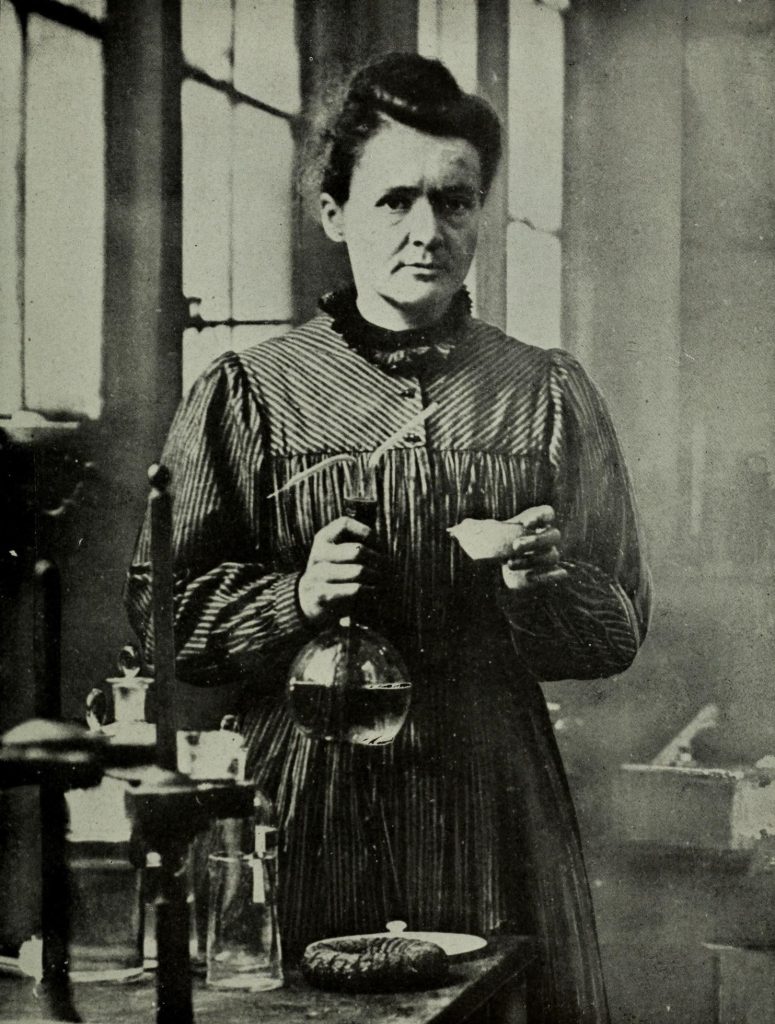Module 06: La ville
Deuxième partie : Dakar, les exercices

Exercice 1. L’année dernière à Paris.
Qu’est-ce qu’ils ont fait à Paris l’année dernière? (last year) Complétez les phrases suivantes.
Exercice 2. la formation du passé composé
À Boise, Blake mange des hamburgers mais l’année dernière à Paris, il a mangé des escargots.
À Boise, Blake ne va pas au musée, mais l’année dernière à Paris, il est allé au Louvre.
Look at the boldfaced elements below.
Il a mangé / il est allé
These two verbs are used in the passé composé as auxiliary verbs. mangé and allé are past participles.
Exercice 3. avoir – au présent
Exercice 4. avoir – au présent
Exercice 5. être au présent
Exercice 6. être au présent
Passez le cursur au-dessus de “voir la conjugaison” pour réviser être au présent. Écoutez la conjugaison, puis choisissez la forme correcte d’etre pour chaque phrase. Vous pouvez écouter la phrase correcte en cliquant sur le bouton play vert à droite de la phrase. Cliquez “valider” pour voir vos résultats.
Exercice 7. choisissez – être ou avoir
Exercice 8. choisissez – être ou avoir
Exercice 9. Le Temps est bon par Isabelle Pierre, 1997, Québec (publié à l’origine 1972)
Cette chanson fait partie de la bande originale (soundtrack) de Emily in Paris, une série sur Netflix et une publicité de Renault en 2019.
Reflect on the following questions after watching the Renault advertisement below, and be prepared to discuss your answers in class.
What type of mood does the song create? How might this be beneficial to Renault?
Do you recognize any words in the song? What do you think the song is about?
Exercice 10. écoute – le présent ou le passé compose
Exercice 11. écoute – Quel est le participe passé ?
Exercice 12. écrire – le passé compose – avoir
Choose the correct form of the auxiliary verb avoir and the correct past participle to fill in the missing words.
Exercice 13. écrire – le passé compose – avoir
Fill in the blanks with the correct form of the passé composé of the verb in parentheses. Remember you will use the correct form of avoir as the auxiliary verb and a past participle. Click “VERIFIE” to check your answers.
Exercice 15. écrire – le passé compose – être
Exercice 17. écrire – la journée de Flora – le passé compose – être
Exercice 18. Construire le passé composé à la forme négative
Exercice 19. Dictée – biographie Marie Curie – le passé composé avec avoir et être

Click HERE to open the dictée.
Listen to the recording as you fill in the blanks with the correct form of the verb in passé composé.
Exercice 20. Biographie Édith Piaf – le passé composé avec avoir et être
Read the passage below and fill in the blanks with the correct form of the verb in parentheses in the passé composé. Click “Correction” at the bottom of the page to check your answers. Click “Aide” to get a hint. Clicking this button will reveal one letter of the answer at a time.
Exercice 22. voyage à Lyon – le passé composé avec avoir et être
Read the passage below and fill in the blanks with the correct form of the verb in parentheses in the passé composé. Click “Correction” at the bottom of the page to check your answers. Click “Aide” to get a hint. Clicking this button will reveal one letter of the answer at a time.
Click the link Envoyer une carte postale de Lyon to learn more about Lyon.


